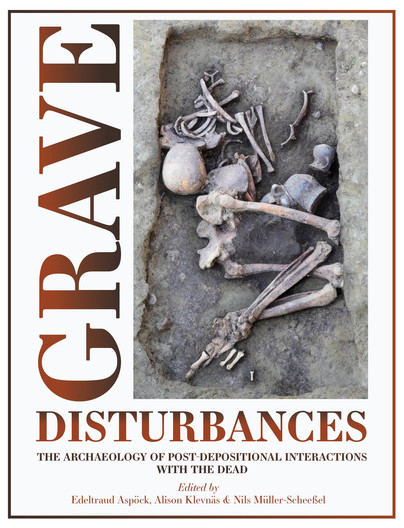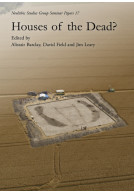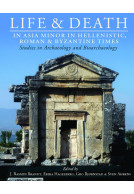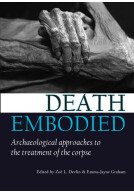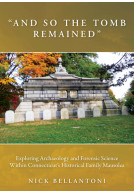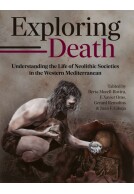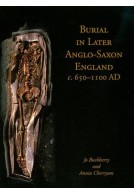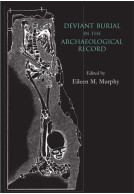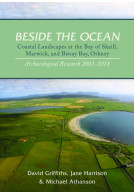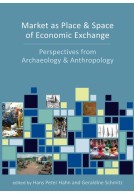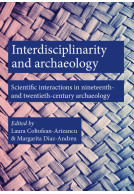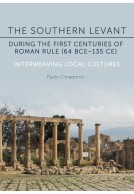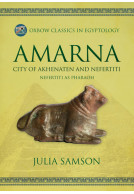Google Books previews are unavailable because you have chosen to turn off third party cookies for enhanced content. Visit our cookies page to review your cookie settings.
Grave Disturbances (Hardback)
The Archaeology of Post-depositional Interactions with the Dead
Imprint: Oxbow Books
Series: Studies in Funerary Archaeology
Pages: 256
ISBN: 9781789254426
Published: 1st July 2020
Script Academic & Professional
Series: Studies in Funerary Archaeology
Pages: 256
ISBN: 9781789254426
Published: 1st July 2020
Script Academic & Professional
You'll be £55.00 closer to your next £10.00 credit when you purchase Grave Disturbances. What's this?
+£4.99 UK Delivery or free UK delivery if order is over £40
(click here for international delivery rates)
Order within the next 8 hours, 20 minutes to get your order processed the next working day!
Need a currency converter? Check XE.com for live rates
(click here for international delivery rates)
Order within the next 8 hours, 20 minutes to get your order processed the next working day!
Need a currency converter? Check XE.com for live rates
Archaeologists excavating burials often find that they are not the first to disturb the remains of the dead. Graves from many periods frequently show signs that others have been digging and have moved or taken away parts of the original funerary assemblage. Displaced bones and artefacts, traces of pits, and damage to tombs or coffins can all provide clues about post-burial activities. The last two decades have seen a rapid rise in interest in the study of post-depositional practices in graves, which has now developed into a new subfield within mortuary archaeology. This follows a long tradition of neglect, with disturbed graves previously regarded as interesting only to the degree they revealed evidence of the original funerary deposit. This book explores past human interactions with mortuary deposits, delving into the different ways graves and human remains were approached by people in the past and the reasons that led to such encounters. The primary focus of the volume is on cases of unexpected interference with individual graves soon after burial: re-encounters with human remains not anticipated by those who performed the funerary rites and constructed the tombs. However, a first step is always to distinguish these from natural and accidental processes, and methodological approaches are a major theme of discussion. Interactions with the remains of the dead are explored in eleven chapters ranging from the New Kingdom of Egypt to Viking Age Norway and from Bronze Age Slovakia to the ancient Maya. Each discusses cases of re-entries into graves, including desecration, tomb re-use, destruction of grave contents, as well as the removal of artefacts and human remains for reasons from material gain to commemoration, symbolic appropriation, ancestral rites, political chicanery, and retrieval of relics. The introduction presents many of the methodological issues which recur throughout the contributions, as this is a developing area with new approaches being applied to analyze post-depositional processes in graves.
Customers who bought this title also bought...
Other titles in the series...
Other titles in Oxbow Books...







